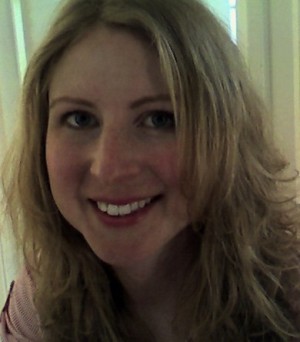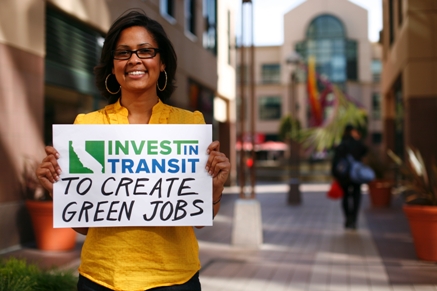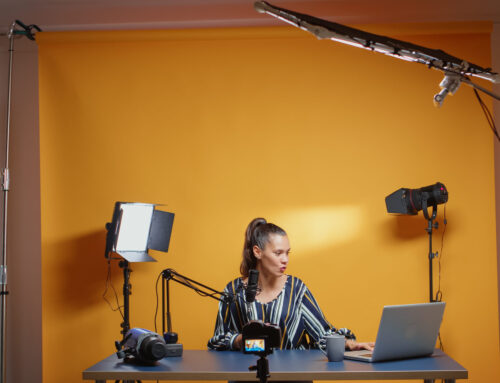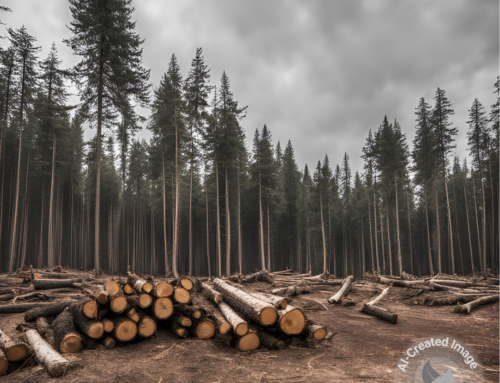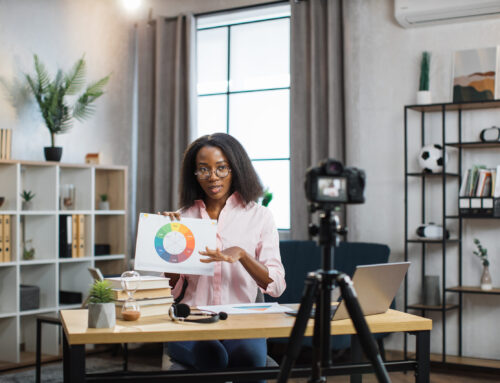Yesterday, we published Part I of How to Coordinate a (Cheap) Successful Photo Shoot for Your Nonprofit by Marta Lindsey of TransForm. We learned how to prepare for the shoot and find a photographer and models. Today, she talks about how to make sure your photo shoot produces the results you want.
Guest Post by Marta Lindsey of TransForm
Ensuring Good, Usable Photos
Even with a great photographer, there are things that you can and should do to help get the best – and most – possible shots out of your efforts.
– Scope out locations ahead of time and arrive before the shoot starts to discuss the site with the photographer in terms of background, lighting (direct sun typically doesn’t work and the sun will move), options for different shots, etc.
– Schedule the shoot to maximize quality lighting. Shoot as much very early in the morning and late in the day (7 – 8 p.m. depending on the time of year) to maximize use of the “golden hour”. Some photographers use a flash no matter what to ensure faces don’t have shadows.
– Get permission to shoot if needed for your location/s and try to find locations with some flexibility so you can do more in less time. For example, a park that has a brick wall, a garden area, a set of benches, and a path are essentially four shoots in one.
– Ask the photographer if you can take a look at some of his/her shots as you go along to ensure you’re on the same page with the vision for the shots.
– Give direction when needed on facial expressions, where to look, whether or not to look at the camera, and whether to change footing so someone looks more natural. Most people have never done anything like this before and are fine with direction. Have good communication with the photographer about this to ensure it’s clear who’s doing this. I’ve become very good at shouting things at models like, “Look happy… but not too happy!”
– Things that make photos look more realistic and less staged: backpacks, bags of groceries, and cell phones.
– Avoid having models wear sunglasses. We humans crave eye contact in images, which this takes away. Sunglasses can also make people look kind of mean or unhappy!
Most importantly, you need to have every model sign a release form that allows your organization to use their “photographic likeness.” You can learn more than you ever wanted to know about the legalities of this with Nolo’s Getting Permission: How to License & Clear Copyrighted Materials Online & Off.
Or you can just use some language like this in your form:
I hereby give permission to ______ to use my name and photographic likeness to promote _________’s work in any digital and print materials.
And if there are kids in the photos, it is absolutely essential you get a parent/legal guardian to also fill out your release form with language like:
I, ________ , am the parent/legal guardian of the individual named above and have read this release and approve of its terms.
Note: I’m not a lawyer!
Final Suggestions for a Smooth-Sailing Shoot
– Have an assistant. They can ensure all the release forms are filled out. They can run interference when needed, such as asking passerbys to walk behind the camera. They can monitor what’s behind the model in the photos like ads, cars, garbage, whatever! And they can help keep your models happy.
– The more kids you have in your shoot, the tougher it is to get usable shots. I recommend limiting kids to 8 at the absolute most in one shot. The more kids, the more distracted and impatient they get with the process. We did a shot of a bunch of kids crossing a street and told them not to look at the camera… which led two of them to look directly at the camera although we couldn’t tell at the time because there were so many kids to look at. Most of the shots ended up unusable as a result. The more kids you use, the more time you need to shoot (the same is true for adults).
– And don’t forget: snacks and drinks for models and photographers; release forms, pens, and clipboards; your checklist of shots; a schedule with your confirmed models, including cell phone numbers; and signs if you’re using any.
Marta Lindsey is the Communications Director at TransForm. She’s also very involved in the new Bay Area Cause Communications Community, which brings together nonprofit communications professionals monthly to share expertise, build new skills, and support one another.

